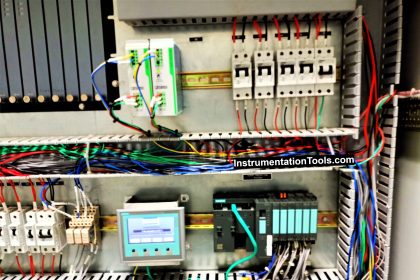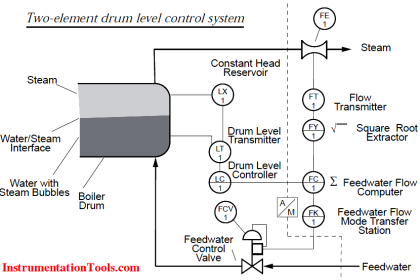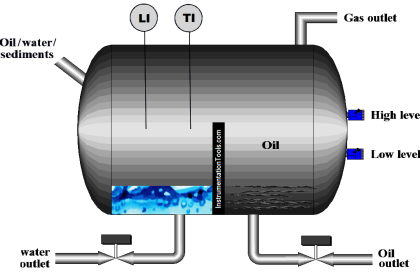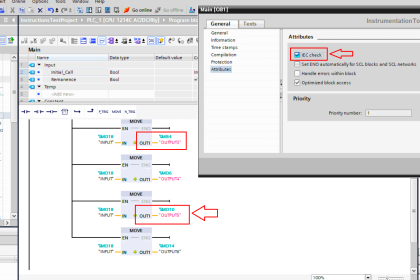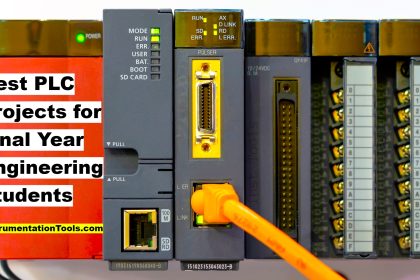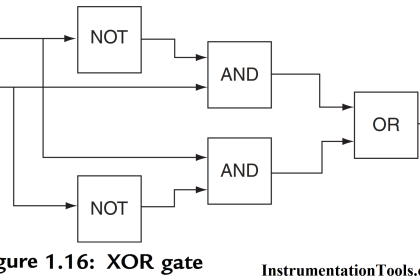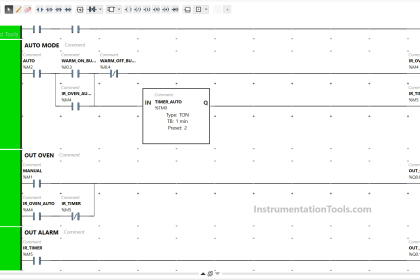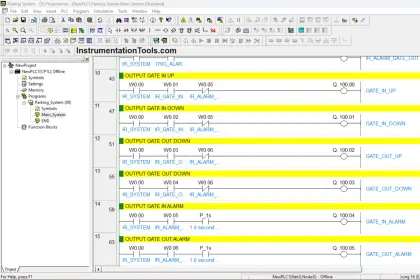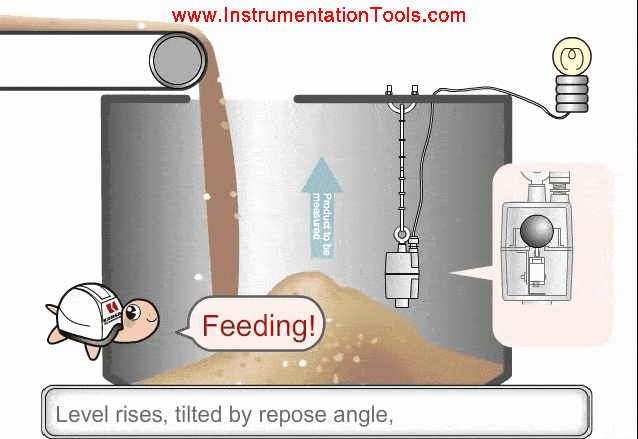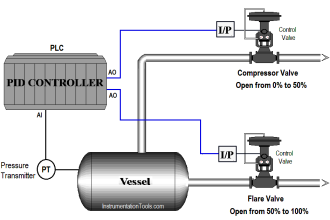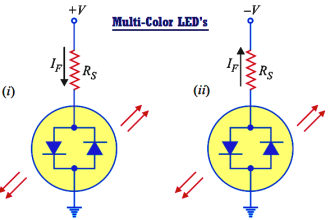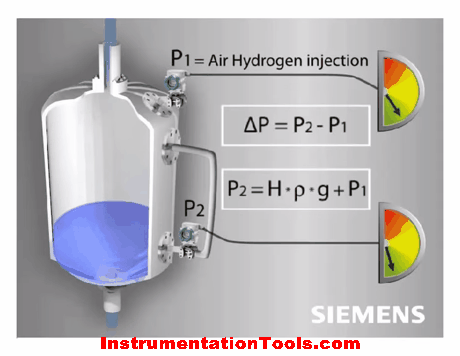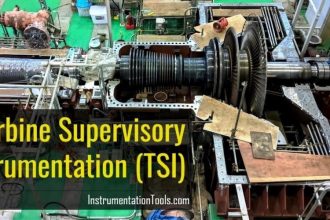In this post, we will see the types of noise in electronics.
Any electrical signal transmitted and received does not come in a pure way always. There are disturbances in the signal which affect its performance. This unwanted disturbance signal is called noise.
Noise is an undesired signal which interferes with the original signal message. This causes an imbalance in its performance and the desired output from the signal becomes affected. The end signal received at the input is not pure and thus, becomes unpredictable and random.
Noise in Electronics
Refer to the below image. If the amplitude of the blue line was uniform, it would have been a pure signal.
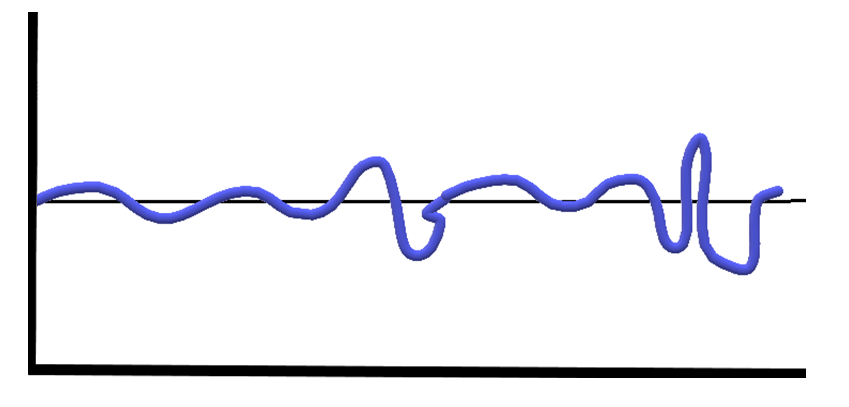
But, as you see, the amplitude of the signal is varying on a large scale from top to bottom. It is not of uniform height and width. This unbalanced output of the signal is called noise. It is generated either internally or comes from an external source.
Types of Noise
There are various types of noise in electronic and electrical signals. In this post, we will see various types of noise in electronics and electrical signals.
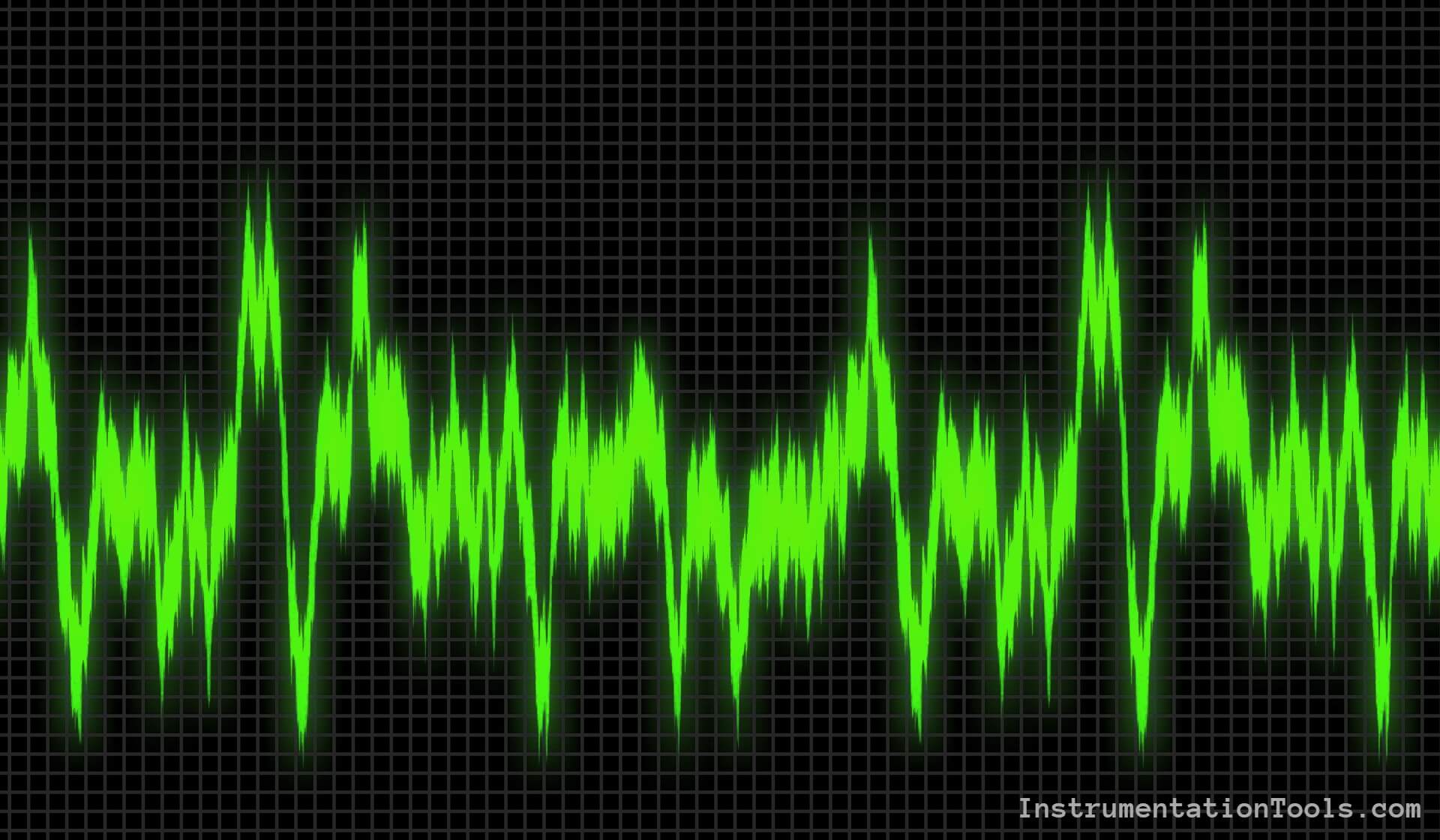
Shot Noise
Shot noise is an internal type of noise. It is caused by the random arrival of electrons and holes at the output element/collector or drains in a transistor or across a PN junction. This happens mainly due to discontinuity in the device.
Consider, for example, the contact between the copper lead and semiconductor material.
The discontinuity between them creates a random movement of current carriers (electrons or holes as discussed earlier) which creates different arrival times from them and creates noise in the system.
It means that if the electrons were arriving and leaving at the same time between cathode and anode, then the noise would not have been created.
Flicker Noise
Flicker noise is an internal type of noise. It is proportional to the emitter current and junction temperature; and inversely proportional to frequency.
It generally appears in transistors operating at lower frequencies (typically less than 500 Hz). It happens mostly due to impurities in a conducting channel or recombination noise in a transistor due to base current. This noise is a nuisance at lower frequencies.
Transit Time Noise
Transit noise is an internal type of noise. It is caused due to energy transfer between electrons and ions. It is a theory taking place between the emitter and collector of a transistor.
The duration of time taken for a hole or electron to travel from input to output is defined as transit time.
Some minimal time is taken to travel and it is negligible at lower frequencies. But, if the frequency is higher and the time becomes the same as the period of the signal being amplified, the transit noise is created. It is very random in nature.
Thermal Noise
Thermal noise is an internal type of noise. It is caused due to random thermal motion (agitation) of electrons and holes inside a conductor.
Basically, resistance exists at the internal emitter, base, and collector; and this type of noise is normally generated when it passes through a resistor.
Crosstalk
Crosstalk noise is an external type of noise. As the name implies, this noise is generated when a signal flowing in one channel interferes with the signal flowing in another channel.
If two channels are connected in parallel, then the stray capacitance and mutual inductance that exists between two lines cause a noise disturbance. This noise is called as crosstalk.
Atmospheric Noise
Atmospheric noise is an external type of noise. It is caused by external lightning strikes of thunderstorms, electrical disturbances in outside nature, etc.
Due to the nature of the cause, this noise covers a wide spectrum of frequencies; and causes a large amount of imbalance as the original signal is mixed with the large amount of noise generated through this type.
Man-made / Industrial Noise
Man-made or industrial noise is an external type of noise. It is caused by automobiles, motors, high voltage switchgear in industries, etc. A large amount of noise discharge is generated through this type.
In this way, we saw different types of noise generated in electronics.
If you liked this article, then please subscribe to our YouTube Channel for Instrumentation, Electrical, PLC, and SCADA video tutorials.
You can also follow us on Facebook and Twitter to receive daily updates.
Read Next:
